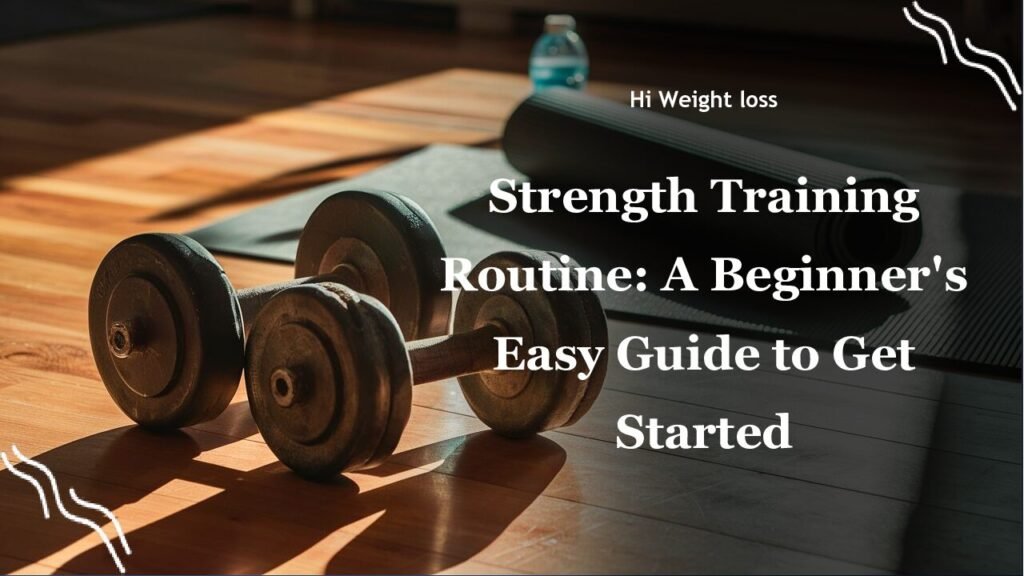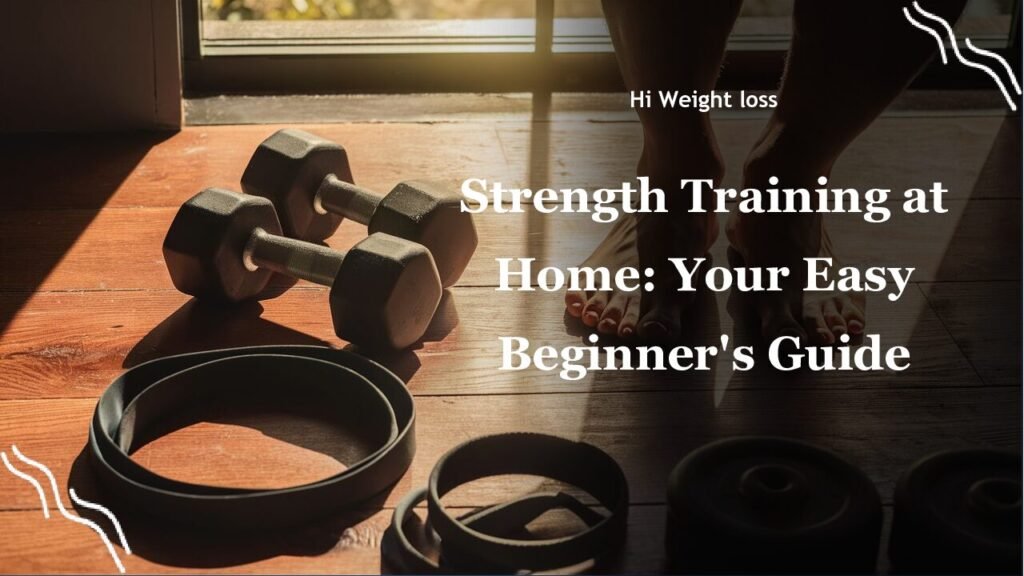“`
Are you wondering if Pilates is a good way to build strength? It’s a question I often hear, and it’s one I pondered myself when I first started exploring different fitness paths. Like many, I was initially drawn to Pilates for its reputation for core strength and flexibility, but I wasn’t sure if it could really build the kind of muscle I was aiming for. This article dives deep into whether Pilates qualifies as effective strength training, exploring its benefits, limitations, and how it compares to other workouts, so you can decide if it’s right for you.
Is Pilates Good Strength Training?
The short answer is yes, Pilates can be a valuable form of strength training. But, like any exercise regimen, it’s essential to understand exactly how Pilates works to build muscle and whether it meets your specific fitness goals. I remember my first Pilates class vividly. I thought it would be a breeze, but I was quickly challenged by the controlled movements and constant engagement of my core. That’s when I realized Pilates was more than just stretching; it’s about strengthening muscles in a unique and effective way.
Why Pilates is Effective for Strength Building
Pilates stands out because it works multiple muscle groups simultaneously. This simultaneous engagement helps build overall strength and muscle tone, not just isolated areas. The focus on core strength is a big draw, and it’s true that a strong core is foundational for overall fitness. This was clear to me when I noticed how much easier other exercises became after I started doing Pilates regularly. Let’s explore some key factors contributing to its effectiveness.
Pilates uses resistance training, which is vital for muscle building. In my early sessions, I was surprised by how much my own body weight could challenge me. Pilates also uses specialized equipment such as reformers and resistance springs, as stated by Peak Pilates, providing varied levels of resistance and creating even more challenging workouts. The use of this equipment can significantly enhance your workout and aid in building strength.
Many Pilates exercises incorporate isometric contractions, where your muscles are engaged without changing length. Think of holding a plank; you’re not moving, but your muscles are working intensely. This type of muscle engagement is fantastic for building both muscle endurance and strength. Sustained muscle tension in a workout like Pilates helps improve muscle tone and endurance.
Pilates also takes a holistic approach to strength training. It not only builds strength, but it also significantly enhances flexibility, balance, and posture. A few years back, I had a chronic back issue, and it was a combination of Pilates and good posture training that relieved it. Pilates is amazing for developing functional strength that is beneficial in daily life, as noted by the YMCA.

Limitations of Pilates for Muscle Growth
While Pilates is great, it does have some limitations when it comes to building significant muscle mass. Compared to traditional weight training, Pilates typically involves lower levels of resistance. This can be a factor for people with more experience in lifting weights who want to see substantial muscle growth. If you’re aiming for hypertrophy, meaning increasing the size of your muscles, you’ll likely need to supplement your routine with more traditional resistance exercises.
Pilates is often recommended as a great complement to other strength training methods. In fact, many experts suggest combining Pilates with activities such as weight training to achieve a balanced approach that helps enhance muscle balance and prevent injuries, similar to what Heavy Mettle Fitness suggests. I’ve seen this firsthand in my own routine, as combining Pilates with other exercises has helped me achieve better overall fitness.
Pilates vs Traditional Weight Training
It’s helpful to understand how Pilates stacks up against traditional weight training. Weight training, with its emphasis on lifting heavy weights, focuses on building muscle mass more directly. It’s the go-to method for those who want to see big muscle gains. On the other hand, Pilates focuses more on muscular endurance, flexibility, and core strength. Let’s break it down further:
| Feature | Pilates | Traditional Weight Training |
|---|---|---|
| Resistance | Primarily bodyweight, with some use of springs and reformers | Heavy weights and machines |
| Muscle Gain | Modest muscle gain, focuses on tone and endurance | Significant muscle growth |
| Focus | Core strength, flexibility, posture, and overall well-being | Building muscle mass, strength, and power |
| Impact | Low impact, gentle on joints | Higher impact, can be harder on joints |
So, which one should you choose? It really depends on your goals. If you’re primarily looking to build big muscles, then weight training is the clear choice. But, if you’re seeking overall strength, improved core stability, flexibility, and better posture, Pilates is a superb option. As for me, combining both has worked wonders to improve my overall strength and fitness.
Conclusion
Pilates can be considered good strength training, especially if you want to improve muscle tone, endurance, and core stability. It engages multiple muscle groups simultaneously, utilizes resistance training, and focuses on isometric contractions. However, if your goal is to significantly increase muscle mass, incorporating traditional weight training into your routine is advisable. From my own experience, Pilates is more than a low-impact workout, it’s a comprehensive system that not only improves my strength but also my overall physical well-being. The key to fitness success is balance, so I would encourage you to explore Pilates, and also other forms of exercise that work for you. Now that you have learned more about it, why not give it a try? See for yourself the difference it can make. Share this article with anyone you think might benefit from understanding the strength-building aspects of Pilates!
FAQ
Does Pilates actually build muscle?
Yes, Pilates can build muscle, but it’s more about improving muscle tone and endurance rather than significant muscle mass. It uses bodyweight and light resistance to strengthen muscles throughout your body.
Can Pilates replace strength training?
Pilates can be a part of your strength training routine but likely cannot replace it entirely if you want significant muscle growth. It’s often best used as a complement to other forms of strength training, as discussed by Peloton.
Is Pilates good for beginners?
Absolutely! Pilates is a great option for beginners because it’s low-impact and can be easily modified to suit different fitness levels. It can help you build a solid foundation of strength and flexibility.
How often should you do Pilates for strength?
For strength gains, aim for 2-3 Pilates sessions per week. You’ll want to balance this with other forms of exercise, like cardio and weight training. Make sure that you listen to your body, and take a rest day if your body requires it.
What equipment is used in Pilates?
Pilates can be done with just your bodyweight. Some classes may also use equipment like reformers, chairs, and resistance springs. These are great for adding variety and resistance to your workouts.
“`



